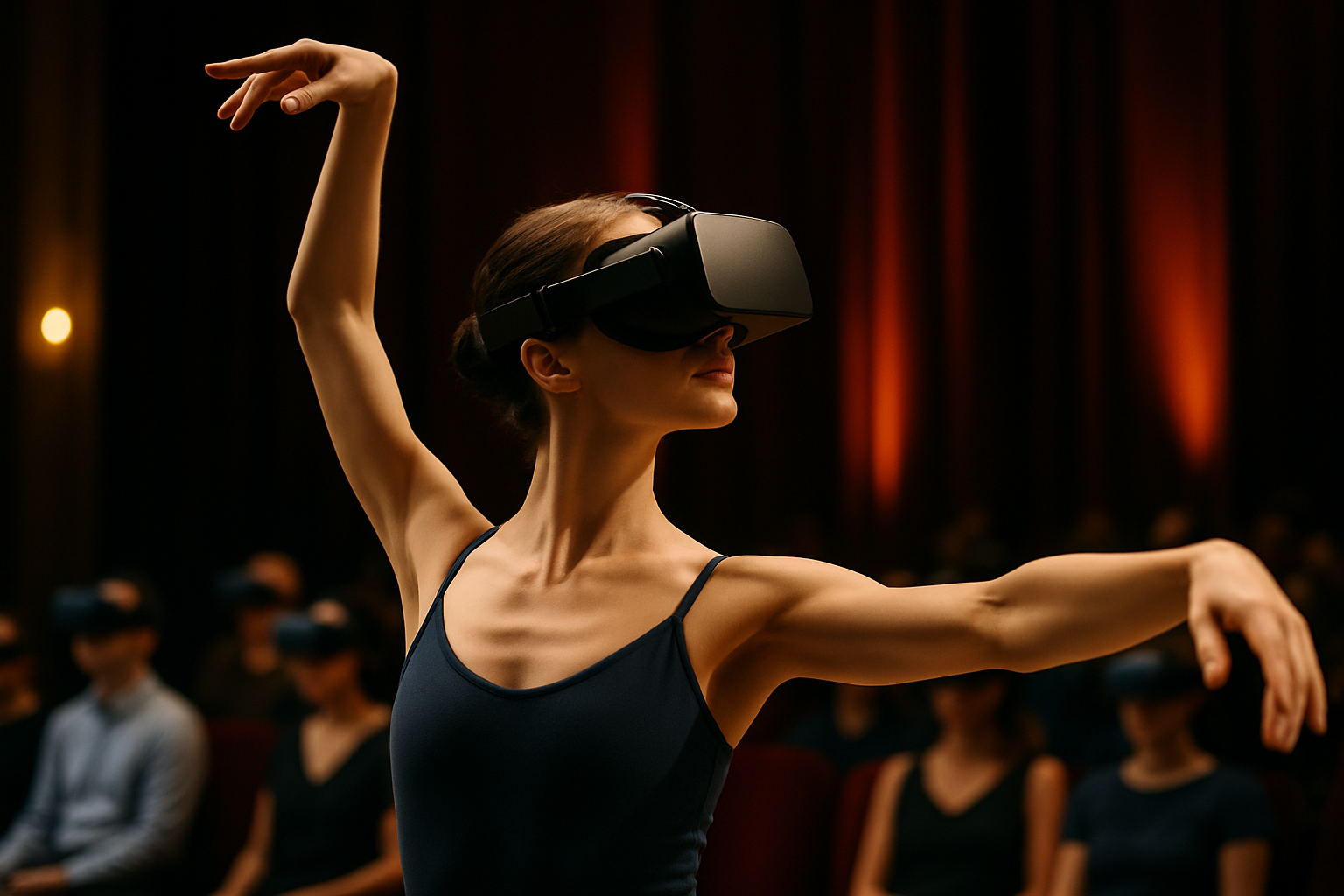Holographic Theater: The Next Dimension of Live Performance
In an era where digital technology continues to reshape our entertainment landscape, a groundbreaking fusion of traditional theater and cutting-edge holography is emerging. This innovative art form, known as holographic theater, is pushing the boundaries of live performance, offering audiences an immersive experience that blends the tangible presence of stage actors with the ethereal beauty of three-dimensional projections. As this technology evolves, it promises to revolutionize the way we perceive and engage with theatrical productions, opening up new realms of creative expression and storytelling.

Blending Reality and Illusion
At its core, holographic theater seeks to seamlessly merge the physical and digital worlds. Actors on stage interact with lifelike holographic projections, creating a hybrid performance space where the lines between reality and illusion blur. This unique approach allows for previously impossible staging techniques, such as instantaneous scene changes, fantastical environments, and the ability to bring historical figures or mythical creatures to life alongside human performers.
Technical Challenges and Innovations
The creation of a holographic theater production involves a complex interplay of various technologies. High-powered lasers, advanced projection systems, and specialized screens work in concert to create three-dimensional images that appear to float in mid-air. One of the biggest challenges has been achieving the right balance of brightness and clarity in the holographic projections, especially in well-lit theatrical environments. Recent innovations in laser technology have made significant strides in overcoming these hurdles, resulting in more vivid and convincing holographic elements.
Reimagining Set Design and Choreography
Holographic theater is revolutionizing the approach to set design and choreography. Traditional physical sets can now be complemented or even replaced by dynamic holographic environments that shift and transform in real-time. This not only reduces the need for elaborate physical set changes but also allows for instantaneous transitions between scenes, opening up new possibilities for narrative structure and pacing. Choreographers are also exploring the unique opportunities presented by holographic performers, creating routines that defy the laws of physics and blend human and digital movement in unprecedented ways.
The Future of Theatrical Storytelling
As holographic theater continues to evolve, it promises to reshape the landscape of theatrical storytelling. The technology allows for a level of visual spectacle and immersion previously unattainable in live performances. Stories can unfold across multiple dimensions, with holographic elements serving as both set pieces and characters. This new medium also presents opportunities for interactive performances, where audience members can potentially influence or interact with holographic elements in real-time, blurring the lines between spectator and participant.
Accessibility and Global Reach
One of the most exciting aspects of holographic theater is its potential to increase accessibility to live performances. While nothing can fully replace the experience of being physically present in a theater, holographic technology could allow for high-quality, immersive remote viewing experiences. This could make it possible for audiences around the world to experience live performances as if they were in the theater, potentially revolutionizing the global reach of theatrical productions.
Ethical and Artistic Considerations
As with any new technology in the arts, holographic theater raises important ethical and artistic questions. There are concerns about the potential overreliance on visual spectacle at the expense of storytelling and performance. Additionally, the use of holographic representations of real people, particularly historical figures or deceased performers, presents complex ethical considerations regarding likeness rights and the nature of performance itself. These issues will need to be carefully navigated as the medium continues to develop.
The Human Element in a Digital Age
Despite the focus on cutting-edge technology, proponents of holographic theater emphasize that the human element remains at the heart of these productions. The goal is not to replace live performers but to enhance and expand their capabilities. The interplay between flesh-and-blood actors and their holographic counterparts creates a unique dynamic that can deepen the emotional impact of a performance and push the boundaries of what’s possible on stage.
A New Frontier for Artistic Expression
Holographic theater represents a new frontier in artistic expression, blending the timeless art of live performance with the limitless possibilities of digital technology. As the medium matures, we can expect to see increasingly sophisticated and emotionally resonant productions that challenge our perceptions of reality and expand the horizons of theatrical storytelling. While it may never fully replace traditional theater, holographic performances offer a exciting new avenue for creative exploration, promising to captivate audiences and inspire artists for generations to come.





